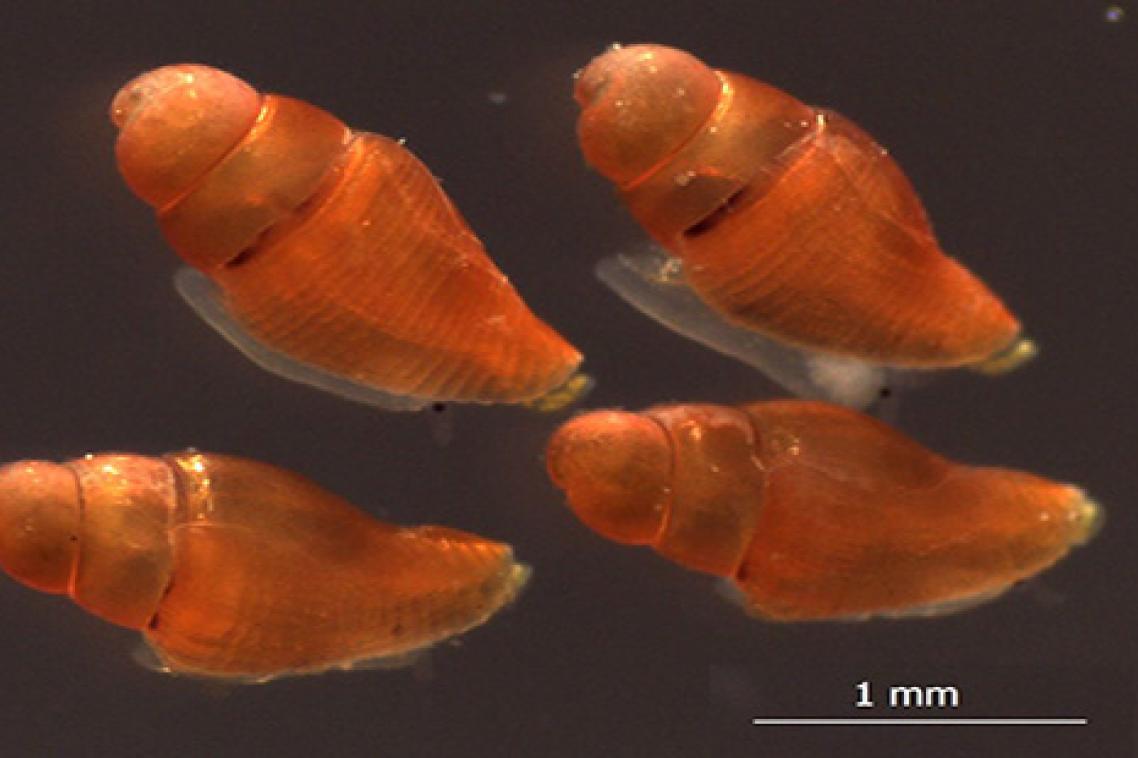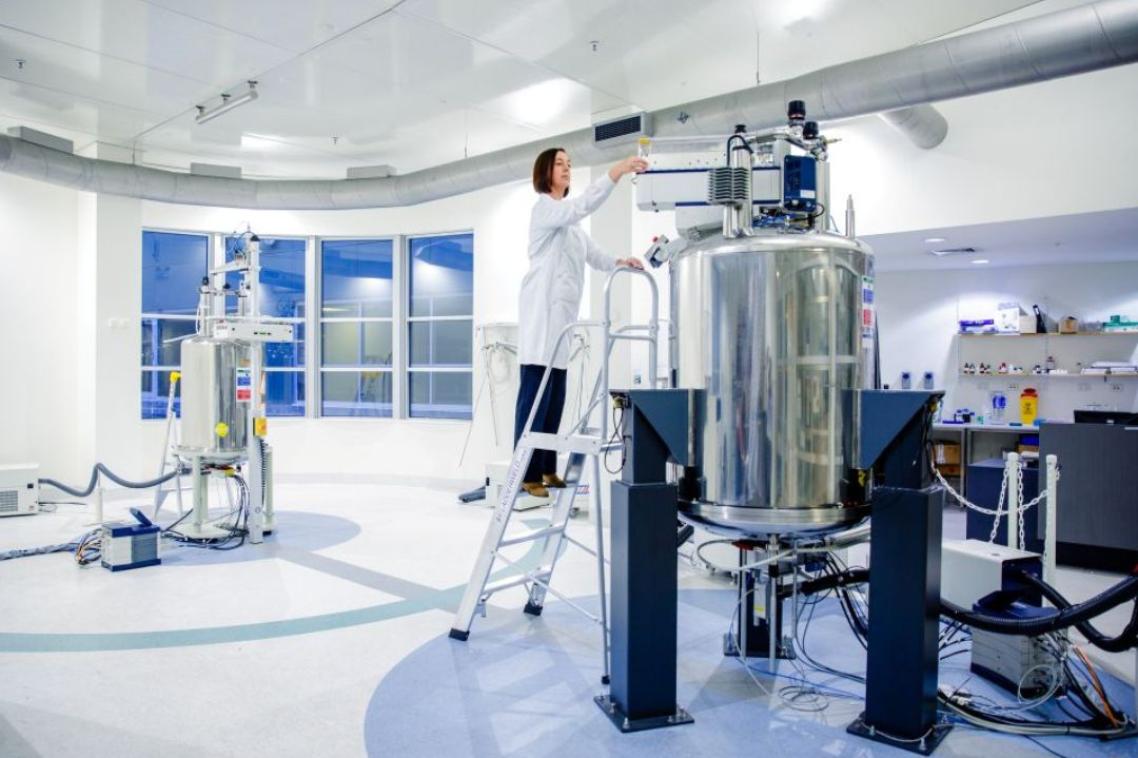New venom discovery from deadly cone snails

University of Queensland researchers have reared deadly cone snails in a laboratory aquarium for the first time, uncovering a potential treasure trove of new venoms for drug development.
Professor Richard Lewis, Dr Aymeric Rogalski and Dr Himaya Siddhihalu Wickrama Hewage from UQ’s Institute for Molecular Bioscience study venoms as therapeutics, and discovered crucial differences across the lifecycle of the tiny carnivorous marine species.
Professor Lewis said they found variations in the Conus magus diet, behaviour and toxicity.
“Juvenile cone snails use a different cocktail of venoms than adult snails to kill their prey,” Professor Lewis said.
“This is a rich and unexplored group of molecules that we can now examine as potential leads for drugs.
“A lot of our success with venom molecules has been in developing pain medications, but depending on the pharmacology we’ll see if it has therapeutic potential for any of the disease classes.”
The researchers were also surprised to find juvenile cone snails didn’t feed on fish like the adults of the species.
“The juveniles would only eat polychaete worms, which they catch using a specific hunting technique we named ‘sting and stalk’,” Professor Lewis said.
“They jab the worm with a harpoon-like structure before injecting it with venom to subdue it.
“The juvenile snail then slowly stalks the worm and sucks it up, like a small piece of spaghetti.”
During the larvae stage, cone snails feed on a type of microalgae, with their diet changing after their metamorphosis into half-millimetre-long juveniles.
Professor Lewis said researchers around the world have studied adult marine cone snails and their deadly venom, but little had been known about their early life stages.
“This is because their eggs, larvae and juveniles are so hard to find and difficult to rear in an aquarium,” he said.
“Dr Rogalski took up the challenge during his PhD, establishing very elaborate aquaculture studies to find out how and what each stage of the snail ate.”
The researchers now have a sustainable system in which they can rear cone snails in a controlled environment, enabling studies of the life cycle and venoms of the juveniles.
This research was published in Nature Communications.
Media: IMB Communications, communications@imb.uq.edu.au, +61 457 576 843.
Related articles

UQ experts recognised for national impact

Nature versus nurture question addressed in landmark study
Media contact
UQ Communications
communications@uq.edu.au
+61 429 056 139

